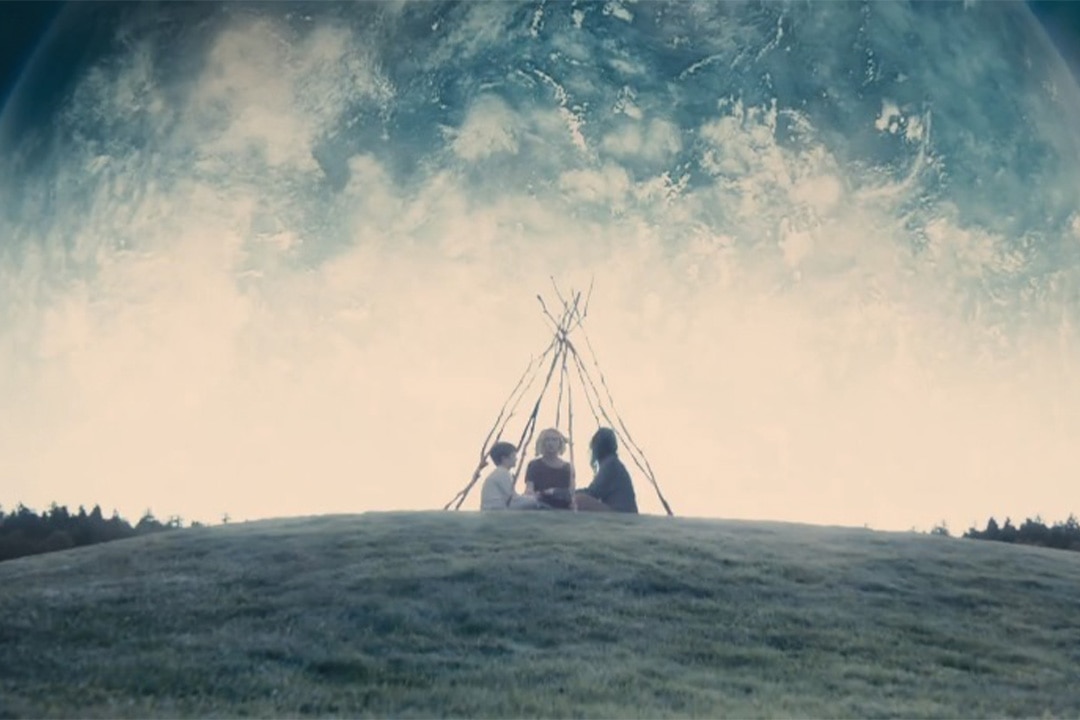Create a free profile to get unlimited access to exclusive videos, sweepstakes, and more!
A Double Moon Collision Could Have Formed Saturn’s Rings
Saturn is what it looks like when world's collide.

Lars von Trier’s 2011 existential sci-fi tale Melancholia (streaming now on Peacock) follows a small group of people celebrating a wedding during the Earth’s final days. A previously unknown planet, the titular Melancholia, hovers ever larger in the sky on a collision course with Earth.
While it is a movie about the literal end of the world, it’s also a not so thinly veiled metaphor for depression and the desire for destruction that sometimes comes with it. In the real world, planetary collisions aren’t beautiful metaphors, but they can be beautiful, according to a batch of new supercomputer simulations.
Supercomputer Simulation Reveals Stunning Origin of Saturn’s Rings
Researchers used the Distributed Research using Advanced Computing (DiRAC) supercomputer at Durham University in the United Kingdom to simulate what would happen if two large, icy moons smashed into one another in the vicinity of Saturn, a few hundred million years ago.
RELATED: Could the Destruction of a Large Icy Moon Explain Both Saturn’s Tilt and Its Rings?
They ran the simulation nearly 200 times, throwing moons of different masses and compositions together at different velocities to see what would happen as the debris field evolved. They found a wide range of outcomes, many of which resulted in the right kind of scattering to create Saturn’s gorgeous ring system. It could also explain why Saturn’s rings are so rich in ice but have so few rocks.
A video of one of the simulations (above) shows two spheres impacting at high velocity. They annihilate one another scattering their constituent parts across the nearby space. The dispersed matter spins around itself like a thrown bola, caught in the grip of its own combined gravity. Much of the progenitor material comes back together to form new moons while some is spread out more broadly where it could get captured in orbit around Saturn as part of a newly formed ring.
RELATED: NASA's JWST Captures Haunting Image of Saturn Haloed by Rings
“This scenario naturally leads to ice-rich rings. When the icy progenitor moons smash into one another, the rock in the cores of the colliding bodies is dispersed less widely than the overlying ice,” said Vincent Eke, co-author on the study published in The Astronomical Journal, in a statement.
This particular ring system origin scenario, if confirmed, could also have consequences for the search for life in our solar system. Enceladus is a promising candidate world for non-Earth life because of its water subsurface ocean. However, if moons like Enceladus are also young, having been created through the same catastrophic event that created the rings, then they would have had very little time for life to grab hold.
Making planetary rings from scratch is a dangerous and potentially world-ending process, but you can’t argue with the results.
Catch Melancholia streaming now on Peacock... while you still can!


























